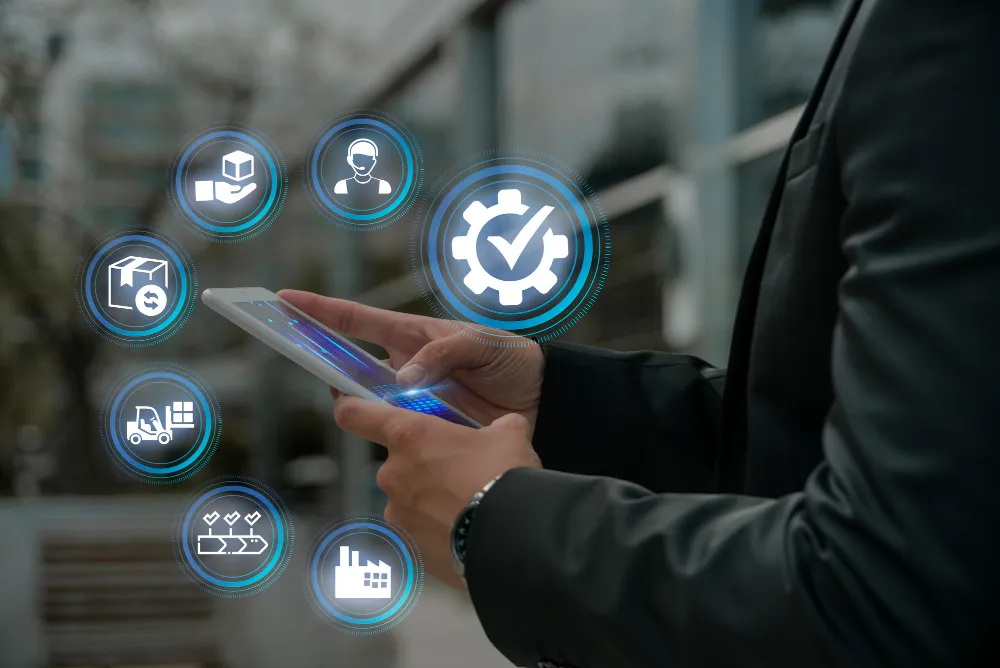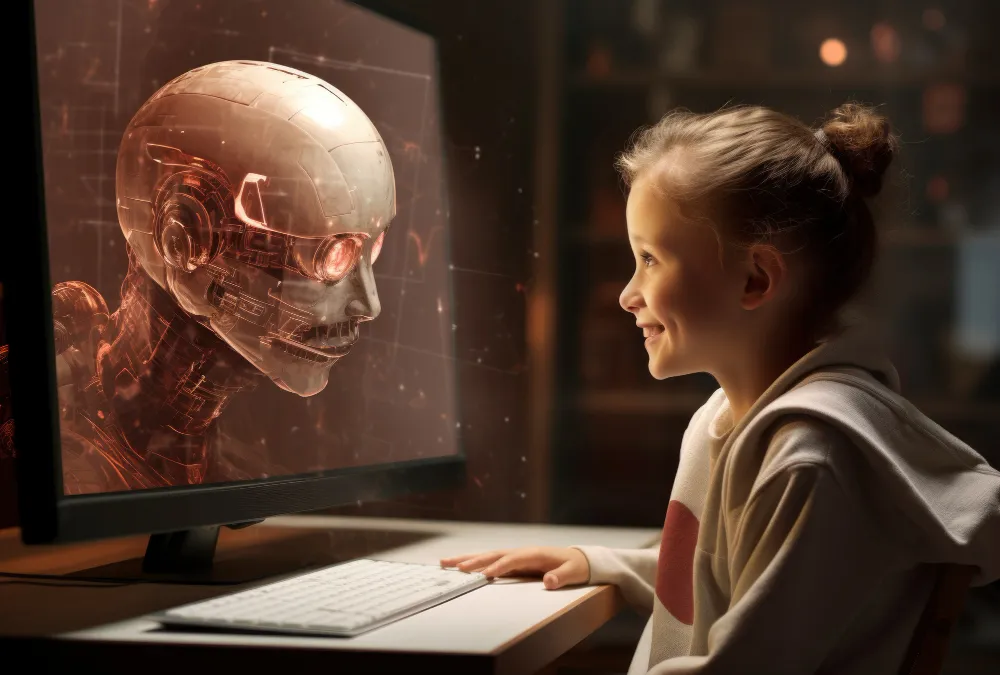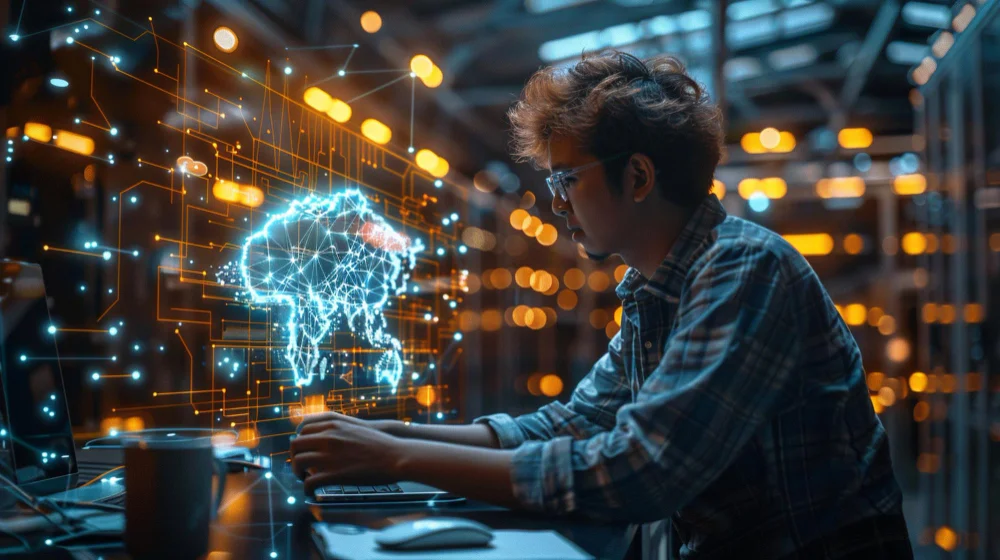Dr. Robinson Joseph
From Different Corners
In today's highly competitive and dynamic business environment, accounting software has become an indispensable tool for organizations seeking to enhance their performance. The integration of advanced technologies like accounting software not only streamlines financial management but also helps improve operational efficiency, decision-making, and overall business growth. This article explores the various ways in which accounting software influences business performance, highlighting its benefits in terms of accuracy, productivity, cost reduction, and strategic decision-making.
Mr. Venkata Kumar
From Different Corners
Developing a mathematical mindset as a college freshman is crucial not only for academic success but also for cultivating problem-solving skills that will serve students throughout their lives. A mathematical mindset is characterized by curiosity, perseverance, and the belief that math abilities can improve with effort. Here is how freshmen can nurture this mindset from the very beginning of their college journey:
Dr. Ramakrishna Yanamandra
From Different Corners
In the year 2024, UAE has advanced three positions from 10th to 7th in the World Competitiveness Report and it is now ahead of countries like Norway, Iceland, Japan, Canada and Finland. In ranked 2nd in the Economic Performance, 4th in Government Efficiency and 10th in Business Efficiency. This indicates the robustness of UAE’s economy, leadership and governance. Due to its proactive economic measures, UAE has not only very quickly recovered from the impact of Covid-19 pandemic but also improved its overall growth in all areas highly significantly. One such sector in which UAE has grown very well is the Logistics and Supply Chain Sector (IMD-World Competitiveness Ranking, 2024).
Dr. Manas Pradhan
From Different Corners
Today's businesses are flooded with data that have been extracted in vast quantities from sensors and IoT devices in real-time. The traditional cloud computing solutions are facing new challenges, so edge computing and fog computing have emerged as potential solutions to process and analyze data in real-time. Edge computing, cloud computing, and fog computing though seem the same as related to distributed computing, but are different in technical functionality. The common focus of these three is related to physical deployment and storage.
Dr. Hussain Dawood
From Different Corners
Artificial Intelligence (AI) has become an increasingly transformative force in education, revolutionizing how students learn, teachers instruct, and institutions manage operations. Incorporating AI in education has opened doors for personalized learning, enhanced administrative efficiency, and enriched classroom experiences.
Prof. J. Shanmugan
From Different Corners
The retail industry is being transformed at breakneck speed and the growth is flourishing in spite of fluctuation in demand, competition, geo-political challenges, inflation and also change in consumer behavior dynamics, etc. The retail companies, somehow navigating all these constraints by innovative strategies to face competition both from domestic and international players.
Dr. Ghaseb N. Makhadmeh
From Different Corners
Silica nanoparticles (SiO₂ NPs) have emerged as one of the most versatile and widely used nanomaterials due to their unique properties, tunable size, and high biocompatibility. Their applications span across multiple industries, including medicine, environmental protection, electronics, and cosmetics, making them integral to advancing various technological innovations as shown in the figure [1]:
Dr. Sharon (Shaimah) Mendoza Dreisbach
From Different Corners
The United Arab Emirates (UAE) stands as a prominent example of how climate-sensitive policy can shape a nation’s approach to environmental sustainability. As a country characterized by its arid climate and heavy reliance on fossil fuels, the UAE faces unique challenges and opportunities in addressing climate change. Its climate-sensitive policy initiatives reflect a commitment to balancing economic growth with environmental stewardship, demonstrating a forward-thinking approach to sustainability.
Dr. Kakul Agha
From Different Corners
Pedagogy has been a long discussed and debated topic among Higher Education (HE) stakeholders, whether faculty members, students, industry or regulators. It has been criticized that Higher Education Institutions (HEIs) have somehow failed to equip students with real-time capabilities and skills. An emerging concept of design thinking appears to solve the puzzle. Design thinking is a human-centered approach to innovation and problem-solving that can significantly equip students for shaping their career.
Ms. Anjum Azeez
From Different Corners
Artificial Intelligence (AI) has been making rapid advancements in recent years, impacting various industries and aspects of our lives. However, one area that has been greatly impacted by AI is creative thinking. AI has the potential to revolutionize the way we create and has already started to do so in fields such as art, music, and even writing. In this article, we will explore the impact of AI on creative thinking and how it is changing the landscape of creativity.













